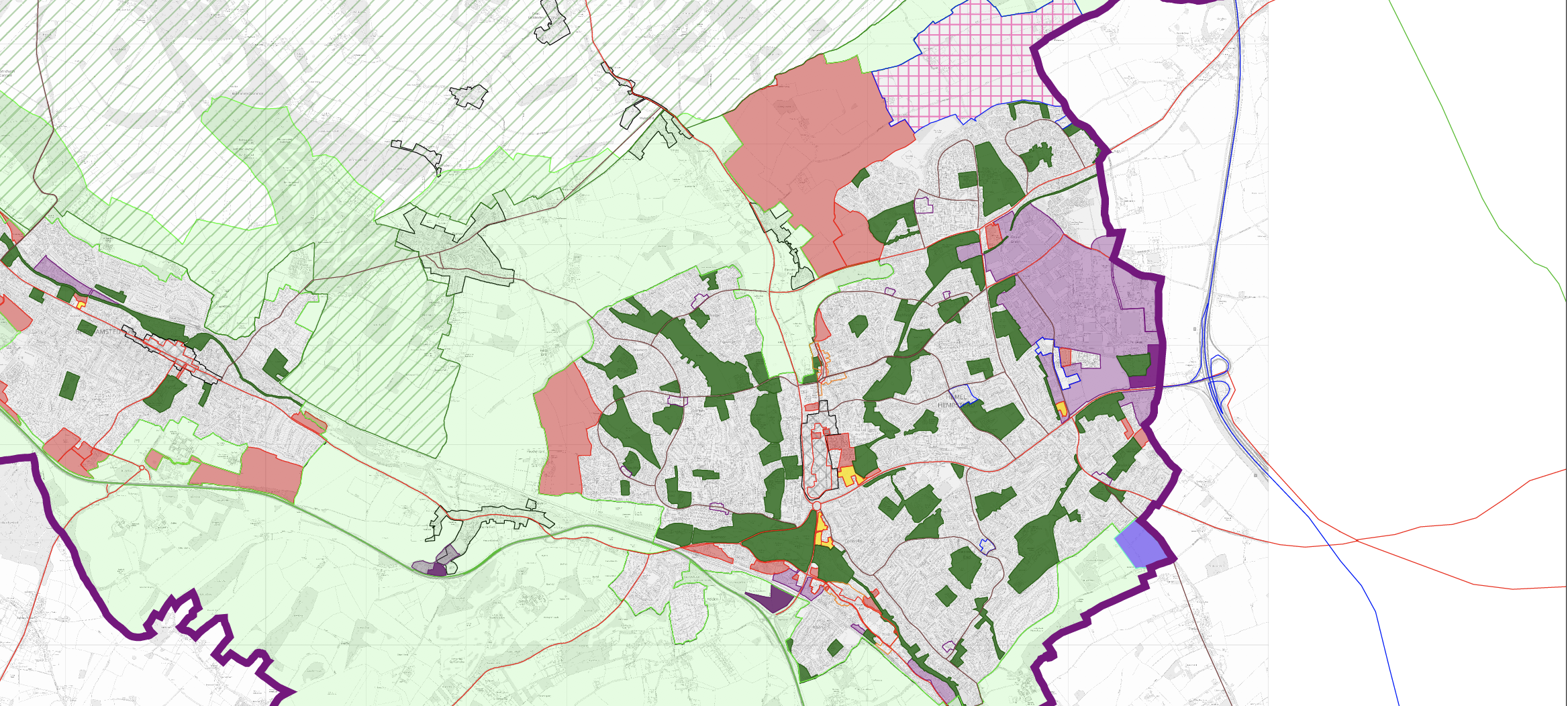
Each town in Dacorum will be affected in different ways by the Local Plan, but the impact of an unchanged plan would change our communities in fundamental ways.
Our general response to the Local Plan can be seen in a previous post.

Sherief Hassan is the prospective Herts County Council Election candidate for Hemel Hempstead North West, and he made observations and comments that we included in our official response to Dacorum Borough Council:
Hemel Hempstead will bear the greatest increase in houses across Dacorum, with a total of 5,945 homes built on Green Belt land of the 16, 899 proposed development across the whole of Dacorum.
Inadequate thought and enforceable commitments on the Council and Developers to the pressures on water supplies, water waste, traffic needs, medical facilities, education, recreation, recycling centres and employment needs (to name but a few crucial infrastructure requirements) have been made.
The Garden Communities document is a good piece of groundwork, but it lacks the power to halt inappropriate development.
Specific Issues to Hemel Hempstead include:
1) Hemel Hempstead would be affected in a similar way to Tring . The pressure on crucial infrastructure it is difficult to justify. The increase in traffic around the existing road network would cause major issues and increases in emissions (contravening SA Objectives 4 & 5 of the Local Plan)
2) Whilst it is recognised that development of this scale would require water extraction that would have a serious impact on the land and environment , it is also true that once the development is approved the water companies are required by law to provide water and waste provision. There is nowhere in the local plan that recognises this serious environmental impact .
3) The largest block of development to the North of Hemel Hempstead is on Green Belt land that is vital to absorb rainfall, which in turn mitigates future flooding. There is inadequate recognition of the effect of run-off water to the delicate protected chalk stream of the Gade that the plan would bring. Similar concerns have been ignored in the LA3 development which predates the new Local Plan.
4) The development stops short of building on areas recognised as being of outstanding natural beauty but fails to recognise that it is within the view of the aforesaid area of natural beauty which would impair the value of what is left .
5) The assurance that developers would replant after the destruction of existing mature forest and Woodland does not recognise the pressures that rewilding would require during development and furthermore does not give any compulsory use of locally sourced saplings that would mitigate the risks of introducing arboreal disease that has been prevalent in other replanting that has been sourced from the continent (meeting SA Objective 1).
6) Increasing public transport needs to be a compulsory ironclad guarantee within the development, with any infrastructure such as roads recognising the need for bus routes to be considered. Despite the production in ‘on the ground retail opportunities’ within housing developments, there must be ‘village centres’ that are a hallmark of the rest of the previous development of Hemel Hempstead. These should include places of worship .
7) To avoid natural spaces that have been referred to as ‘landscaping’ becoming purely dog walking spaces, there must be minimum dimension spaces to allow for natural growth and biodiversity which also includes woodland.
8) Existing cycle paths in Hemel Hempstead are not joined up, starting and stopping in strange places. This only encourages leisure cycling and discourages cycling as a safe form of transport. A guaranteed commitment to a fully integrated cycling network must be part of the plan for Hemel Hempstead.
9) There is a concern is that with an increase of housing/population that is being suggested, there is inadequate Hospital provision. Even if the plan is adjusted to recognise the government’s own data of a reduced volume of housing, an extension to the local plan must include some form of Hospital and A&E provision.
10) New blocks of development are separated from the rest of the town by the industrial zone or by having no natural routes to connect with existing areas without serious disruption and unreasonable pressure on existing infrastructures.